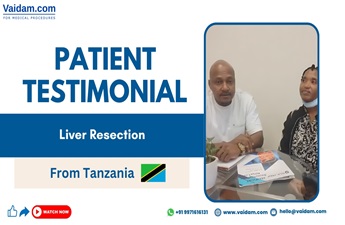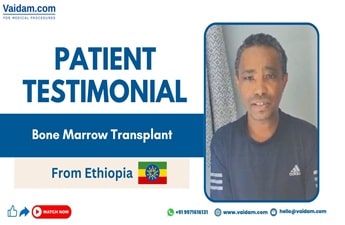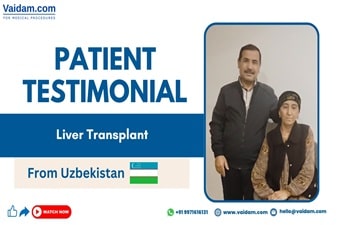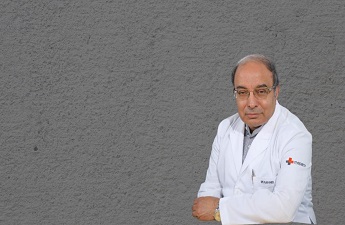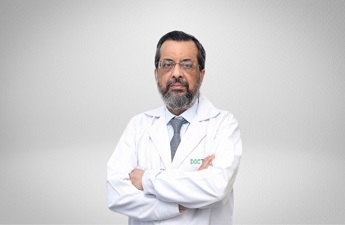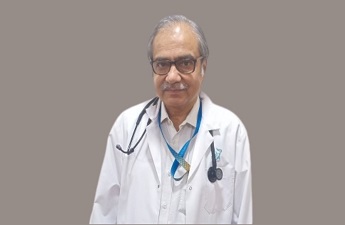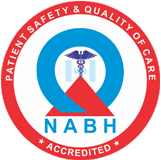Dr. Prakash KC is a well-known Nephrologist from Chennai. He has a rich experience of more than 36 years. In 1993, he won the Young Investigator Award from the Japanese Society of Nephrology. Dr. Prakash KC is an esteemed member of the Indian Medical Association, Indian Society of Nephrology, Tamil Nadu Medical Council, Association of Physicians of India, and Peritoneal Dialysis Society of India. He pursued MBBS and MD from the Shah Government Medical College and DNB From DNB Board. His specialization lies in the treatment of Hemodialysis, Ureteroscopy, and Kidney Surgery. He is currently working with Apollo Hospitals, Greams Road, Chennai.
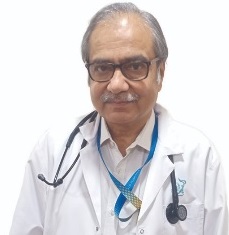
Kidney disorders and Hemodialysis
Healthy kidneys in our body play a vital role in cleaning the blood. They remove the extra fluid in the form of urine. The kidney also makes some substances that keep our body healthy. Certain factors hinder the smooth functioning of kidneys. To measure the proper functioning of the kidney, the doctor uses a glomerular filtration rate. It is calculated using blood creatinine test results, sex, age, and other factors. Kidney failure also occurs due to diabetes, high blood pressure, blood vessel inflammation, or kidney cysts. Apart from this, kidneys may stop working suddenly due to severe illness, heart attack, or any other serious problem. Some medicines also cause kidney injury. You may notice symptoms like nausea, swelling, vomiting, and fatigue. A high level of wastes in your blood that may be toxic to your body may also cause kidney failure
Due to the above reasons, you might have to undergo this procedure. Hemodialysis is a way to treat advanced kidney failures and an active lifestyle despite kidney disorders. In this process, a machine filters salts, wastes, and fluids from the blood when your kidney is unable to do this. This is usually done when your kidney functions just 10 to 15 percent of its capacity.

Preparation for Dialysis
Hemodialysis preparation starts several weeks to months before your first procedure. A Nephrologist creates vascular access to allow for easy entrance to your bloodstream. With the help of this access, a small amount of blood is safely removed from the circulation. Then it is returned for the hemodialysis process to work. The surgical access takes its own time to heal before beginning hemodialysis. It is done in three ways:
- Arteriovenous (AV) fistula - It is a surgical connection between an artery and a vein, usually in the arm that you use less often. Because of effectiveness and safety, it is mostly preferred.
- AV graft - The surgeon may create a path between an artery and a vein using a flexible, synthetic tube called a graft if your blood vessels are too small to form an AV fistula.
- Central venous catheter - In case of emergency hemodialysis, a temporary plastic tube (catheter) is inserted into a large vein in your neck or near the groin.
Follow your health care team's instructions about caring for your access site to reduce the possibility of infection and other complications.
The procedure
- During treatments, while your blood flows through the dialyzer you have to sit or recline in a chair.
- First, your weight, blood pressure, pulse, and temperature are diagnosed. The skin covering your access site will be cleansed before the treatment.
- During hemodialysis, two needles will be inserted into your arm through the access site and taped to remain secure. The needles are attached to a flexible plastic tube connecting the dialyzer. One tube, filters your blood a few ounces at a time, allowing wastes and extra fluids to pass from your blood into a cleansing fluid called dialysate. Through the second tube filtered blood returns to your body.
- When excess fluid is pulled from the body you may experience nausea and abdominal cramps. If you're uncomfortable during the procedure, ask your care team to adjust the speed of your hemodialysis, or some medication.
- During the procedure, your blood pressure and heart rate will be monitored as they can fluctuate when excess fluid is drawn from your body.
- Once hemodialysis is completed, the needles are removed from the access site and a pressure dressing is applied to prevent bleeding. Your weight will be recorded again. Until your next session, you're free to go about your usual activities.

Take away
If you are undergoing hemodialysis you need to take care of yourself more deliberately. Have a nutritious diet. Follow a healthy routine. Make exercise a part of your daily routine and take a good sleep. Avoid high intense work. Manage your body weight and quit alcohol and smoking.










